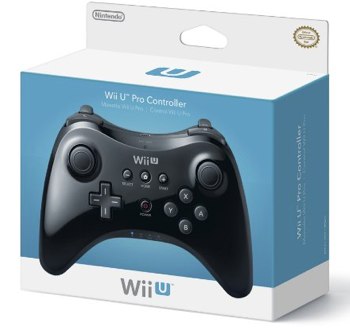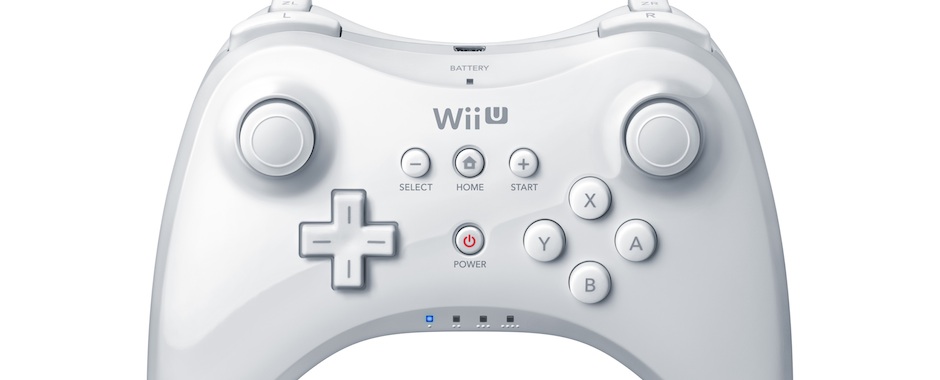The Wii U seems to be suffering an odd identity crisis: it’s a serious console with casual games with two kinds of motion controllers, as well as two more normal controllers. So what do we make of the Wii U-specific variant of the more traditional console controller?
Nintendo seems to have gotten most things right with its Pro Controller. Available in white or black for about fifty bucks, it is everything you would expect from a controller dubbed ‘Pro’.
We got a hold of the white version (we like the contrast between it and the black Deluxe Set Wii U we picked up, plus we didn’t want our now last-generation Wii to get lonely) and have been playing around with it pretty extensively in Call of Duty: Black Ops II and Ninja Gaiden III: Razor’s Edge.
Many comparisons have been made between the Pro Controller and the Xbox 360 controller since they look so similar. They both sport the same number of buttons, bumpers, and triggers, and yet they’re very different experiences for a few key reasons.
 Nintendo was smart in that they don’t have a massive bulge on the back of their controller like the Xbox 360’s does. There is no battery pack readily visible, although you can open a door on the back of the controller to replace the battery. This will undoubtedly make it easier for companies to begin making battery packs for the controller, although with an expected life of 80-hours between charges, we’re not sure they’ll be necessary.
Nintendo was smart in that they don’t have a massive bulge on the back of their controller like the Xbox 360’s does. There is no battery pack readily visible, although you can open a door on the back of the controller to replace the battery. This will undoubtedly make it easier for companies to begin making battery packs for the controller, although with an expected life of 80-hours between charges, we’re not sure they’ll be necessary.
The controller charges via USB cable, and while we’re all for standards in charging, it seems silly that the Wii U needs to be on for it to charge the controller. The cable you get in the box is quite long, so it shouldn’t be an issue to be tethered to the TV while you play, but if you expect to leave the controller plugged in over night, unless your Wii U is on, you’ll return and the charge will be no different. It also takes three hours or so to charge which means you’ll be out of luck if you’re not into marathon gaming sessions. The Pro Controller will charge via a powered computer charging port, however, so you should have somewhere else to juice up if the need arises.
The design aesthetic very clearly follows the clean lines of Wii U and Wii, and the GamePad’s ridge is also somewhat repeated along the back of the Pro Controller, making it feel very familiar to go from one to the next.
There are still no pressure-sensitive triggers, so don’t expect super precise controls in Black Ops II until Nintendo decides to change that. Don’t hold your breath.
Lastly, you might have to change what your mind has learned over time if you’re used to either a PlayStation or Xbox controller. Each of the three controllers has unique analog stick positions: PlayStation’s are both lower, Xbox has alternating sticks, and the Wii U Pro Controller’s are both above the buttons and directional pad. The thing that the PlayStation and Xbox controllers had in common was their analog sticks being below the buttons on the right side of the controller. You’ll have to re-teach yourself this layout a bit to get used to it, but it’s not a huge issue if you get used to the GamePad which has the same layout.
Overall, the Pro Controller is a pleasant surprise. When first announced, everyone thought it was a Nintendo-branded Xbox 360 controller. But this thing does a lot more than Microsoft could do with their first wireless controller. Nintendo’s is lighter, easier to hold, and carries over the design aesthetic from its bigger brother to make sure the transition from one to the next is smooth and easy.

